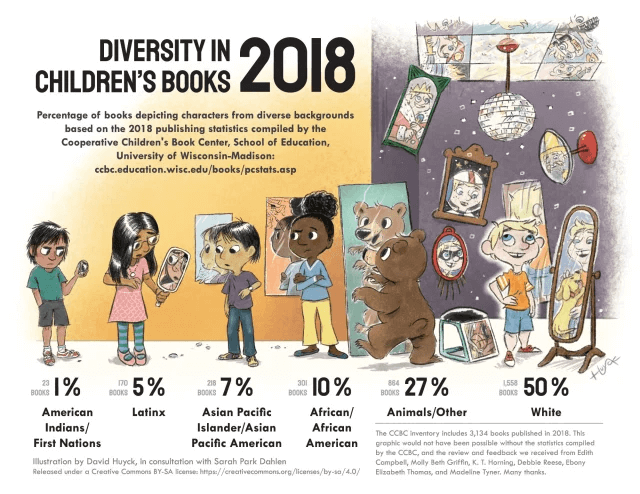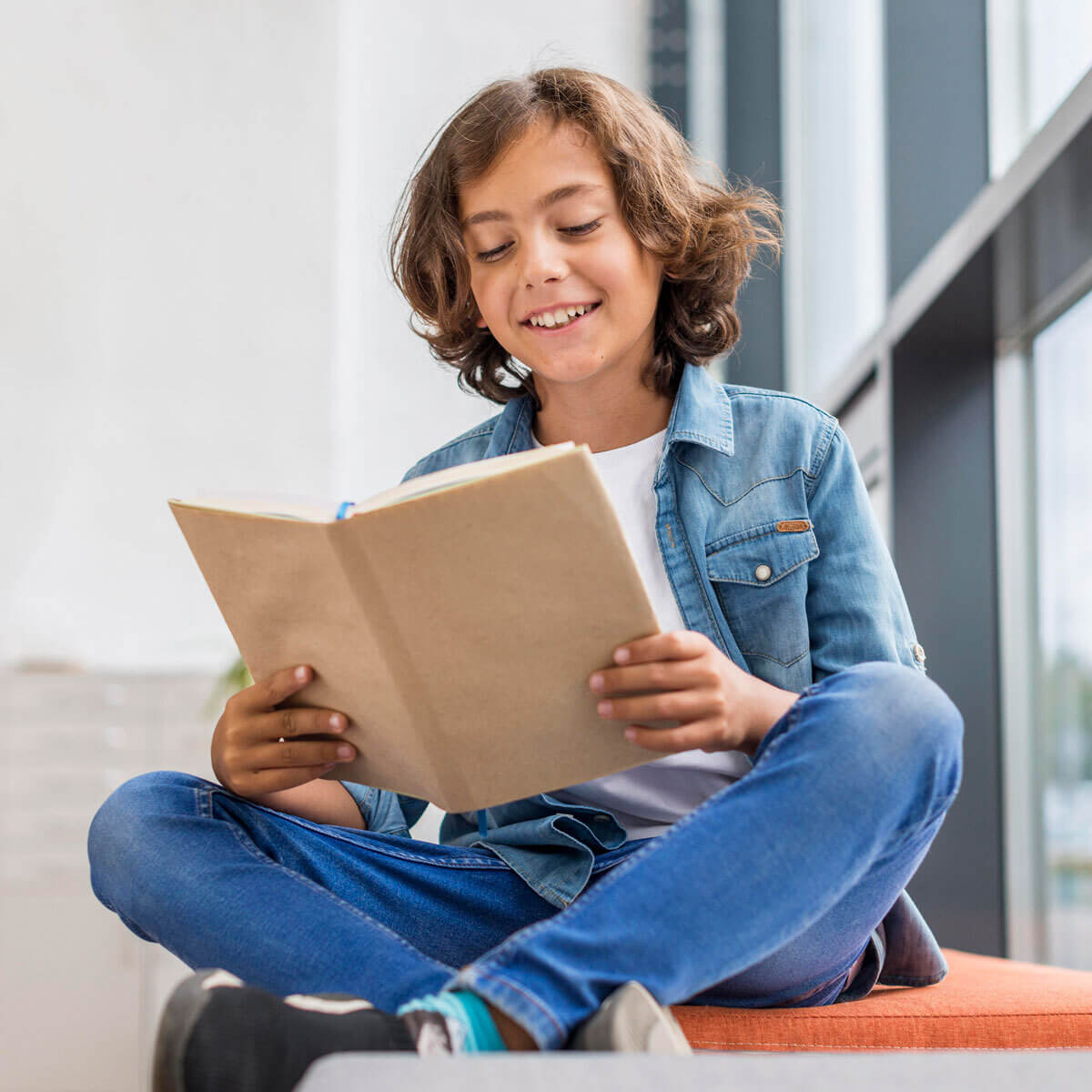
This article originally appeared in an EdWeek Spotlight sponsored by Reading Plus.
Social justice protests throughout the summer of 2020 sparked a wave of reflection and change across our nation’s institutions, from criminal justice to sports. In education, the movement revealed the need to intensify efforts to provide students with rich multicultural diversity in books and reading programs. It’s imperative to integrate a range of cultures, characters, and experiences within instructional materials to ensure all students are represented.
The scholar Rudine Sims Bishop, widely considered the “mother of multicultural literature,” published an influential essay in 1990 in which she advocated for children’s texts that are “mirrors,” “windows,” and “sliding glass doors.” When reading “mirrors,” students see themselves and their lives reflected in the texts they read. “Windows,” on the other hand, enable readers to gain an understanding and appreciation of experiences different from their own. “Sliding glass doors” allow children to enter those worlds they read about.
But why do children (and adults) need diverse books? “It’s not just children who have been underrepresented and marginalized who need these books,” said Bishop. “It’s also the children who always find their mirrors in the books and therefore get an exaggerated sense of their own self-worth and a false sense of what the world is like.”
According to the Cooperative Children’s Book Center at the University of Wisconsin-Madison, half of all children’s books published in 2018 depicted white characters. But the real kicker? More books were published that featured animal characters than featured any people of color.

Huyck, David and Sarah Park Dahlen. (2019 June 19). Diversity in Children’s Books 2018. sarahpark.com blog. Created in consultation with Edith Campbell, Molly Beth Griffin, K. T. Horning, Debbie Reese, Ebony Elizabeth Thomas, and Madeline Tyner, with statistics compiled by the Cooperative Children’s Book Center, School of Education, University of Wisconsin-Madison: http://ccbc.education.wisc.edu/books/pcstats.asp. Retrieved from https://readingspark.wordpress.com/2019/06/19/picture-this-diversity-in-childrens-books-2018-infographic/
Randi Bender is among the many content leaders determined to change that mindset. “Students deserve texts worth reading,” says Bender, Chief Content Officer at Reading Plus, where she leads a team of editors who write and comb through thousands of texts to find the perfect fit for the online reading program. “We look for content that respects and reflects the experiences and cultures of all children, especially those who have been historically underrepresented.”
Bender and her team completed their initiative to double the number of texts in the program, adding more content at all reading levels with a particular focus on diversity of content for Black students and students of color. Bender believes the impact will be significant. “Our high-quality texts help students build their knowledge about themselves, their classmates, and the world around them—and discover the value and power of reading.”
To learn more about diversity and equity in Reading Plus, click here.




